
Copernical Team
North Korea accuses US of 'double standards' over SLBM test
 North Korea accused the United States of "double standards" over weapons testing, state media reported Thursday after an emergency UN Security Council meeting on the issue.
Pyongyang fired a new type of submarine-launched ballistic missile (SLBM) on Tuesday, the latest in a series of tests in recent weeks, prompting the US and Britain to call the diplomatic meeting in New York.
But a spo
North Korea accused the United States of "double standards" over weapons testing, state media reported Thursday after an emergency UN Security Council meeting on the issue.
Pyongyang fired a new type of submarine-launched ballistic missile (SLBM) on Tuesday, the latest in a series of tests in recent weeks, prompting the US and Britain to call the diplomatic meeting in New York.
But a spo DARPA moving SSITH safeguards closer to practical use
 DARPA's System Security Integration Through Hardware and firmware (SSITH) program is exploring hardware security architectures and tools that protect electronic systems against common classes of hardware vulnerabilities exploited through software, with the goal of breaking the endless cycle of software patch-and-pray.
To date, research on the program has focused on developing approaches an
DARPA's System Security Integration Through Hardware and firmware (SSITH) program is exploring hardware security architectures and tools that protect electronic systems against common classes of hardware vulnerabilities exploited through software, with the goal of breaking the endless cycle of software patch-and-pray.
To date, research on the program has focused on developing approaches an AMOS' compact hyperspectral instrument "ELOIS" to onboard a microsatellite soon
 AMOS and the European Space Agency (ESA) have signed a contract to build and qualify a first flight model of an advanced compact hyperspectral imager designed by AMOS and called ELOIS.
Thanks to the financial support of the Belgian Science Policy Office (BELSPO), this co-funded project will deliver the payload to be integrated on an InnoSat platform by OHB Sweden AB for a launch in 2024. B
AMOS and the European Space Agency (ESA) have signed a contract to build and qualify a first flight model of an advanced compact hyperspectral imager designed by AMOS and called ELOIS.
Thanks to the financial support of the Belgian Science Policy Office (BELSPO), this co-funded project will deliver the payload to be integrated on an InnoSat platform by OHB Sweden AB for a launch in 2024. B US and UK research labs collaborate on autonomy and artificial intelligence
 The Air Force Research Laboratory, in partnership with UK's Defence Science and Technology Laboratory (Dstl), have demonstrated for the first time the ability for the U.S. and the UK to jointly develop, select, train, and deploy state-of-the-art machine learning algorithms in support of the Armed Forces of each of the two nations.
This research is designed to support adjacent, collaboratin
The Air Force Research Laboratory, in partnership with UK's Defence Science and Technology Laboratory (Dstl), have demonstrated for the first time the ability for the U.S. and the UK to jointly develop, select, train, and deploy state-of-the-art machine learning algorithms in support of the Armed Forces of each of the two nations.
This research is designed to support adjacent, collaboratin US conducts 'successful' test of hypersonic missile technology
 The United States successfully tested hypersonic missile technology, a new weapons system which is already being deployed by China and Russia, the US Navy said Thursday.
The test, conducted Wednesday at a NASA facility in Wallops, Virginia, is a "vital step in the development of a Navy-designed common hypersonic missile," the navy said in a statement.
"This test demonstrated advanced hyp
The United States successfully tested hypersonic missile technology, a new weapons system which is already being deployed by China and Russia, the US Navy said Thursday.
The test, conducted Wednesday at a NASA facility in Wallops, Virginia, is a "vital step in the development of a Navy-designed common hypersonic missile," the navy said in a statement.
"This test demonstrated advanced hyp Earth from Space: Perth, Australia
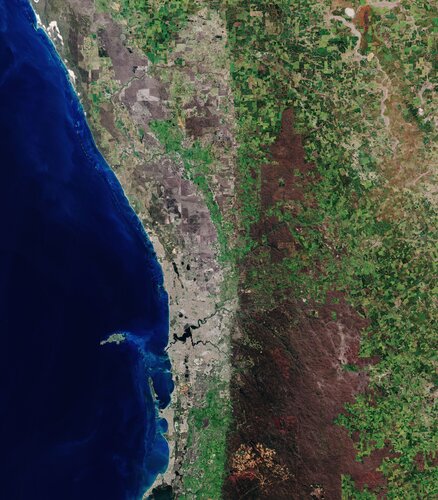
Perth, Western Australia’s capital and largest city, is featured in this true-colour image captured by the Copernicus Sentinel-2 mission.
Mini Earth-observer Proba-1's 20 years in orbit
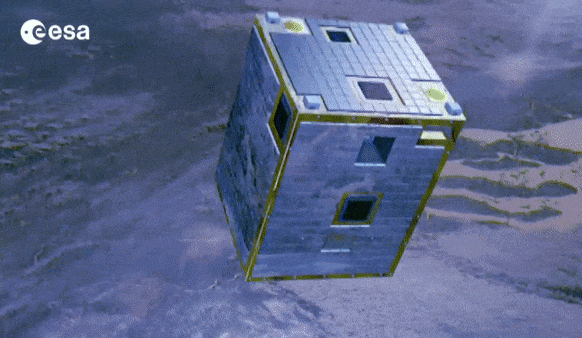 Image:
Mini Earth-observer Proba-1's 20 years in orbit
Image:
Mini Earth-observer Proba-1's 20 years in orbit Cyprus aims for Mars with X-Ray rock dating instrument
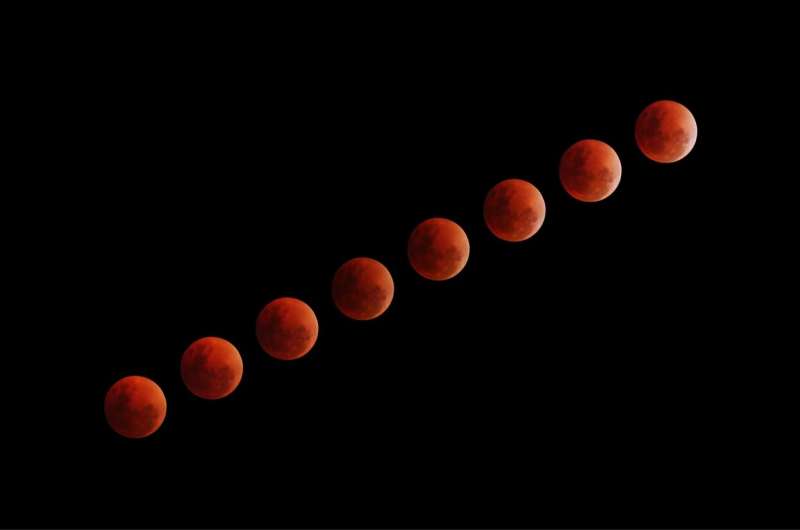
Tiny Cyprus aims to join the global space exploration drive by developing a compact, X-Ray instrument capable of dating Martian soil and rock samples relatively accurately to potentially reveal more about the Red Planet's geological history and offer a glimpse of Earth's own future.
George Danos, President of the Cyprus Space Exploration Organization, told reporters on Thursday that the 1.5 million euro ($1.75 million) European Union funded project is a first for Cyprus and aims to be completed over the next 18 months.
Danos said the CSEO will look for partners including NASA and the European Space Agency that would take the instrument aboard a Mars-bound spacecraft for more accurate, on-the-ground soil and rock dating on the Martian surface.
A group of prominent scientists have joined the project. They include Marcello Coradini, former head of the European Space Agency's Solar System Exploration division, Enrico Flamini, ex-chief scientist at Italy's Space Agency ASI, and planetary geologist Lucia Marinangeli.
The scientists chose Cyprus to develop the instrument because it can be tested on pockets of the east Mediterranean island nation's volcanic rock and soil that are similar to those found on Mars.
Mining the moon's water will require a massive infrastructure investment, but should we?
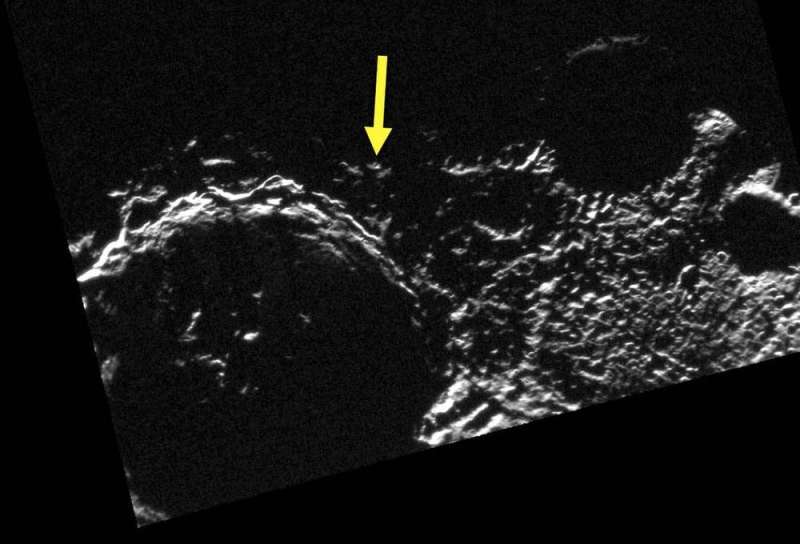
We live in a world in which momentous decisions are made by people often without forethought. But some things are predictable, including that if you continually consume a finite resource without recycling, it will eventually run out.
Yet, as we set our sights on embarking back to the moon, we will be bringing with us all our bad habits, including our urge for unrestrained consumption.
Since the 1994 discovery of water ice on the moon by the Clementine spacecraft, excitement has reigned at the prospect of a return to the moon. This followed two decades of the doldrums after the end of Apollo, a malaise that was symptomatic of an underlying lack of incentive to return.
That water changed everything. The water ice deposits are located at the poles of the moon hidden in the depths of craters that are forever devoid of sunlight.
ESA moves forward with Destination Earth
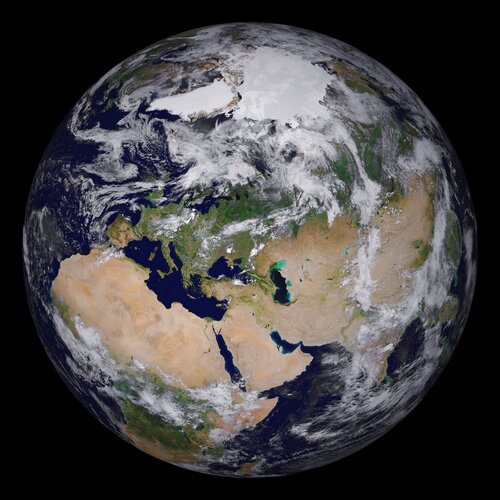
Earth observation provides a wealth of information to benefit our daily lives. As the demand for satellite data grows to address the challenges of climate change and a growing population, ESA, under the leadership of the European Commission, along with its key European partners, are developing high precision digital models of Earth to monitor and simulate both natural and human activity, to enable more sustainable development and support European environmental policies.
Today, at the ESA Council, Member States approved a ‘Contribution Agreement', which paves the way for cooperation with the European Commission on the Destination Earth initiative, in the context of the Digital
